18 Traditional Asian Desserts You Need to Try
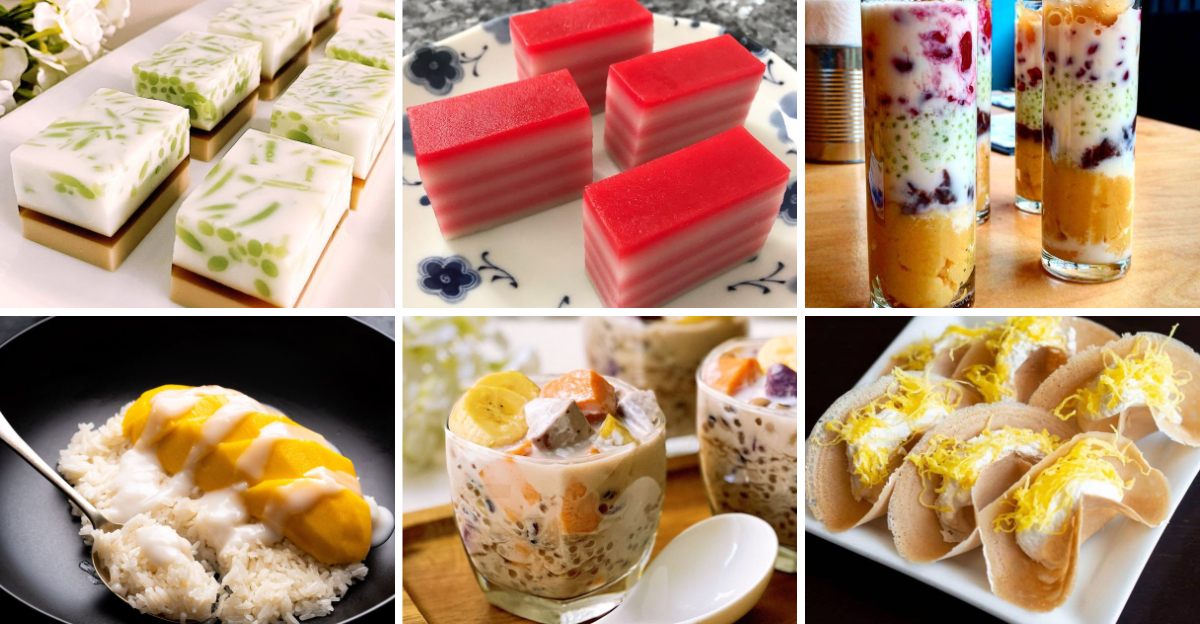
Asia is a continent rich in culture and culinary diversity, offering a plethora of traditional desserts that are as varied as they are delicious. From sweet to savory, these desserts are deeply rooted in the regions they come from, often made with local ingredients and time-honored techniques. Whether you’re indulging in the sticky sweetness of a rice-based treat or savoring a fruity delight, these desserts provide a unique glimpse into the rich tapestry of Asian cuisine. Let’s explore 18 traditional Asian desserts, each with its own unique flavors and story to tell.
1. Mochi Ice Cream

Mochi ice cream is a delightful fusion of Japanese tradition and modern innovation. These small, round desserts combine chewy mochi rice cake with creamy ice cream inside. The outer layer, made from glutinous rice, provides a distinct texture that contrasts with the smooth ice cream filling. To make mochi ice cream, start by creating a dough with glutinous rice flour, water, and sugar. Flatten the dough and wrap it around a scoop of ice cream, then freeze until firm. The variety of flavors, from matcha to red bean, makes them particularly appealing. Enjoying mochi ice cream is not just about taste but also experiencing the cultural blend it represents.
2. Mango Sticky Rice

Mango sticky rice, a staple in Thai cuisine, is a harmonious blend of sweet and creamy flavors. The dish features glutinous rice cooked to deliciousness and soaked in rich coconut milk. To prepare, soak the rice overnight, then steam until tender. Mix with coconut milk and sugar, allowing the flavors to meld. Serve with ripe mango slices for a refreshing contrast. This dessert is often garnished with sesame seeds or mung beans for added texture. Mango sticky rice is best enjoyed fresh, highlighting the tropical sweetness of the mango and the fragrant rice. It’s a simple yet indulgent treat that captures the essence of Thai culinary.
3. Gulab Jamun

Gulab Jamun is a beloved dessert from the Indian subcontinent, known for its soft texture and aromatic flavors. These deep-fried milk solids, or khoya, are soaked in a fragrant sugar syrup infused with cardamom and rose water. To make gulab jamun, knead khoya with flour and milk into a smooth dough. Shape into small balls and fry until golden brown. Immerse them in warm sugar syrup, allowing them to absorb the sweet essence. The addition of saffron or rose petals enhances the visual appeal and flavor. This dessert is often enjoyed during different occasions, offering a rich, indulgent experience.
4. Mooncake

Mooncakes are delicious, cherished for their rich fillings and intricate designs. These Chinese pastries typically feature a dense filling made from lotus seed paste or red bean, often encasing a salted egg yolk. To craft mooncakes, prepare a dough of golden syrup, alkaline water, and flour. Roll out and encase the filling, then press into molds for decorative patterns. Bake until golden brown. Mooncakes symbolize family unity and are often shared among loved ones. The balance of sweet and savory flavors, along with the cultural significance, makes them a timeless favorite for people.
5. Bibingka

Bibingka is a traditional Filipino rice cake, especially popular during different season. Made from rice flour and coconut milk, this dessert is often baked in clay pots lined with banana leaves. To make bibingka, combine rice flour, coconut milk, sugar, and baking powder. Pour into a banana leaf-lined mold and bake. Once cooked, top with butter, sugar, and grated coconut. Some variations include salted duck eggs or cheese for added flavor complexity. Bibingka’s soft, spongy texture and sweet, coconutty taste make it a comforting treat. Enjoyed with family.
6. Halo-Halo
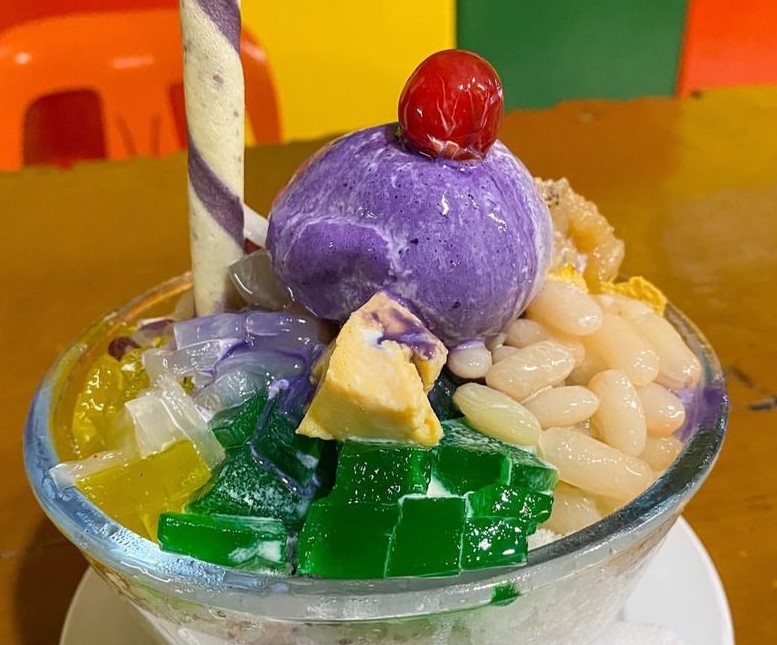
Halo-Halo, translating to ‘mix-mix’, is a Filipino dessert that offers a delightful mix of textures and flavors. This refreshing treat is made by layering sweetened fruits, jellies, and sweet beans, then topping with shaved ice and evaporated milk. To assemble, start with a base of sweetened jackfruit and banana, add colorful jellies, red beans, and nata de coco. Cover with a mound of shaved ice, drizzle with milk, and finish with a scoop of purple yam ice cream. Halo-Halo is not only a visual feast but also a cooling, indulgent treat on hot days, embodying the tropical delight of the Philippines.
7. Bánh Bò
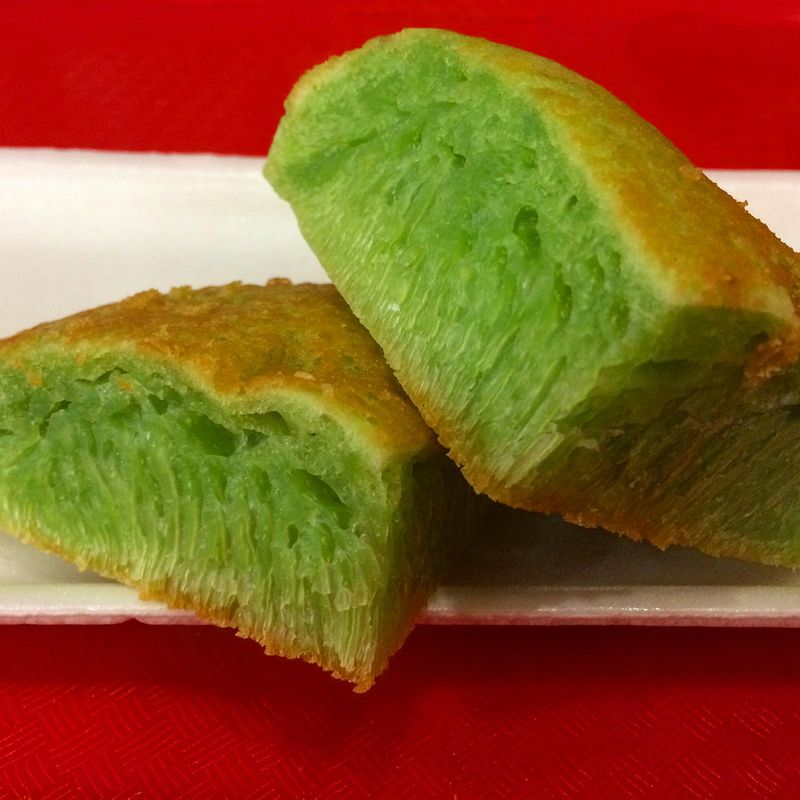
Bánh Bò, or Vietnamese honeycomb cake, is a steamed dessert known for its unique spongy texture. The cake’s characteristic honeycomb appearance comes from the fermentation of rice flour and coconut milk batter. Start by mixing rice flour, water, and coconut milk, then let it ferment with yeast until bubbles form. Pour into molds and steam until cooked through. The addition of pandan juice can give it a green hue and a fragrant aroma. Bánh Bò is often enjoyed with a sprinkle of grated coconut and is a popular snack at street markets. Its light, airy texture and subtle sweetness make it a delightful treat.
8. Khanom Chan

Khanom Chan is a traditional Thai dessert characterized by its multi-layered structure. Each layer is made from a mixture of rice flour, tapioca flour, and coconut milk, flavored with pandan for a unique aroma. To create khanom chan, prepare the batter and steam it layer by layer, ensuring each is set before adding the next. The alternating layers of green and white make this dessert visually appealing. Khanom Chan is not only about taste but also texture; the layers peel apart easily, offering a chewy, creamy experience. It’s a popular choice.
9. Kaju Katli

Kaju Katli is a classic Indian confection made primarily from cashew nuts and sugar. Known for its smooth texture and subtle flavor, this sweet is often garnished with edible silver leaf (varak). To make kaju katli, grind cashews into a fine powder, then cook with sugar syrup until a dough forms. Roll out the mixture and cut into diamond shapes. The addition of cardamom or rose water can enhance the flavor. Kaju Katli is a popular gift during gatherings, appreciated for its rich taste and elegant presentation. Its simplicity and delicate flavor make it a cherished dessert.
10. Tang Yuan

Tang Yuan are Chinese glutinous rice balls are traditionally enjoyed. These chewy, sweet dumplings are often filled with black sesame or peanut paste. To prepare tang yuan, mix glutinous rice flour with water to form a dough. Roll into balls and fill with a sweet paste. Cook them in boiling water until they float, then serve in a ginger-infused syrup. Tang Yuan symbolize family unity and togetherness. The contrast between the chewy exterior and smooth filling offers a delightful textural experience, steeped in cultural significance.
11. Klepon
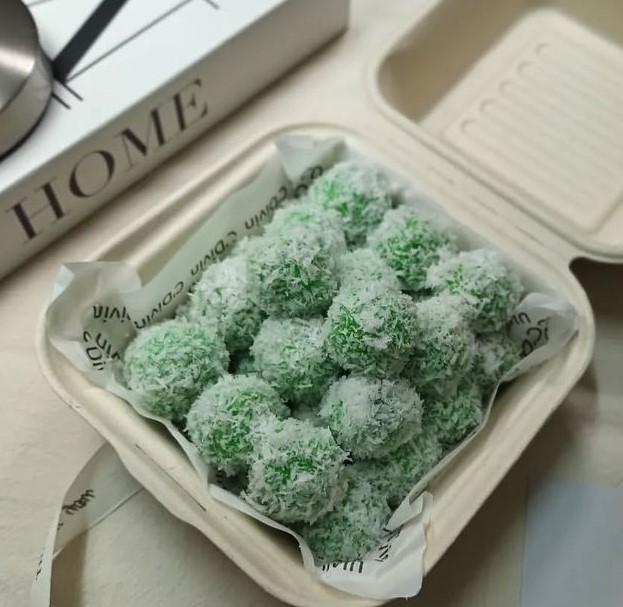
Klepon is an Indonesian dessert featuring glutinous rice balls filled with palm sugar, coated in grated coconut. These bite-sized treats burst with sweetness upon the first bite. To make klepon, mix glutinous rice flour with pandan juice to form a dough. Enclose a piece of palm sugar within each ball, then boil until they rise to the surface. Roll the cooked balls in grated coconut for a final touch. Klepon is often enjoyed as a snack or dessert, known for its colors and burst of flavor. The combination of chewy texture and liquid sugar center makes it a unique and delightful treat.
12. Chè Ba Màu

Chè Ba Màu, or three-color dessert, is a popular Vietnamese sweet treat enjoyed for its diverse textures and flavors. This dessert features layers of red beans, yellow mung beans, and green jelly, topped with coconut milk and crushed ice. To assemble, cook each component separately: sweeten the red beans, prepare the yellow mung bean paste, and make the green jelly from agar-agar and pandan. Layer them in a glass, add coconut milk, and top with ice. Chè Ba Màu is not only visually appealing but also offers a refreshing and satisfying treat, often enjoyed on warm days as a cooling snack.
13. Khanom Buang
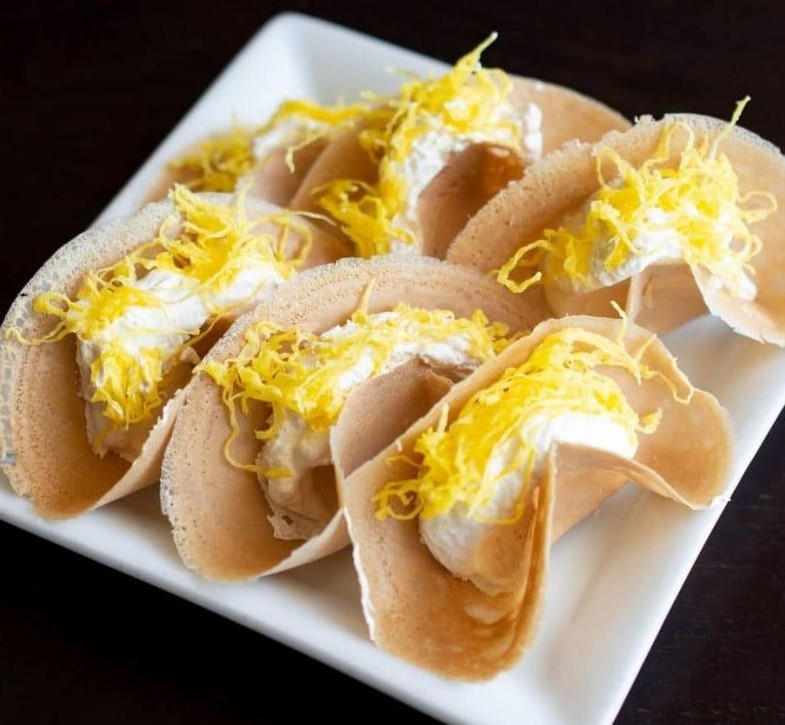
Khanom Buang, or Thai crispy pancakes, are a street food favorite known for their crunchy shells and sweet or savory fillings. The batter is made from rice flour, spread thinly on a hot griddle, then filled with coconut cream and topped with ingredients like shredded coconut or egg yolk threads. To make khanom buang, prepare the batter and spread onto a griddle. Add the filling and toppings, then fold into a taco shape. The contrast between the crispy shell and creamy filling makes it a delightful snack. Often found at markets, these pancakes are a testament to Thailand’s street food culture.
14. Kuih Lapis

Kuih Lapis is a traditional Malaysian steamed layer cake, famous for its colorful appearance and chewy texture. Each layer is made from rice flour, coconut milk, and flavored with pandan essence. To make kuih lapis, steam each layer individually, ensuring the previous layer is set before adding the next. The layers make it visually appealing, often enjoyed during gatherings. The chewy texture and sweet coconut flavor are integral to its charm. Kuih Lapis is a favorite at gatherings, offering both a visual treat and a delicious experience synonymous with Malaysian heritage.
15. Rasgulla

Rasgulla, originating from the Bengal region of India, is a dessert known for its spongy, delicate texture and sweet syrup. Made from chenna (Indian cottage cheese) and semolina, these balls are cooked in sugar syrup until they swell and soak up the sweetness. To make rasgulla, mix chenna with semolina, knead into smooth balls, and boil in sugar syrup. The dessert is typically flavored with cardamom or saffron. Rasgulla is often enjoyed during occasions, appreciated for its light texture and simple, sweet flavor. Its popularity extends throughout India, symbolizing hospitality.
16. Sago Pudding

Sago Pudding is a popular dessert across Southeast Asia, known for its delicate pearls and creamy texture. Made from sago pearls, coconut milk, and sugar, this dessert is often served chilled. Begin by soaking the sago pearls, then cook until translucent. Mix with coconut milk and sweeten with palm sugar syrup. Chill before serving. The addition of tropical fruits like mango or banana can enhance the flavor profile. Sago Pudding is a refreshing and comforting dessert, excellent for hot weather, offering a blend of textures and flavors that embody Southeast Asian culinary traditions.
17. Cendol

Cendol is a beloved Southeast Asian dessert, famous for its green jelly noodles and rich flavors. The dessert is made with rice flour jelly, coconut milk, and palm sugar syrup. Start by making the jelly with rice flour and pandan, then extrude into noodle shapes. Serve with chilled coconut milk and drizzle with palm sugar syrup. Cendol is often enjoyed as a cooling treat in warm climates, offering a unique combination of textures and a sweet, refreshing taste. Its visually striking appearance and satisfying flavor make it a staple in Malaysian and Indonesian cuisine.
18. Patbingsu
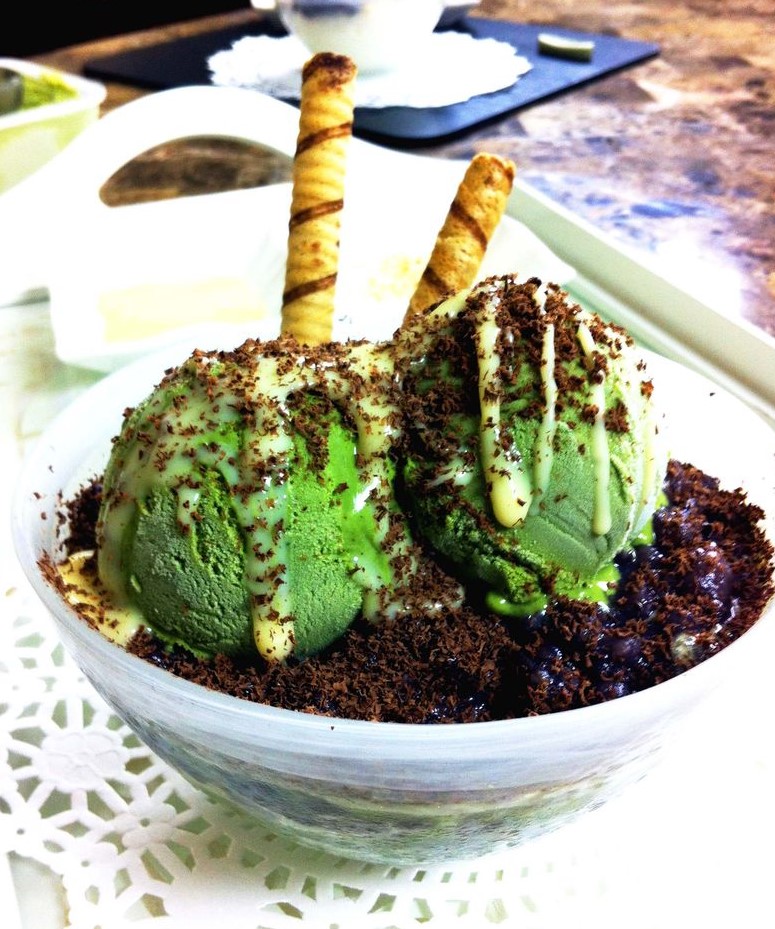
Patbingsu is a popular Korean shaved ice dessert, topped with sweetened red beans, fruits, and various toppings. This icy treat is ideal for cooling down on hot days. To prepare patbingsu, start with a base of finely shaved ice. Layer with red beans, fruit slices, jelly cubes, and a scoop of vanilla or green tea ice cream. Drizzle with condensed milk for added sweetness. Patbingsu’s diverse textures and flavors make it a delightful experience, appealing to those seeking a refreshing and indulgent dessert. With its roots in Korean culinary tradition, it remains a favorite among locals and tourists alike.
